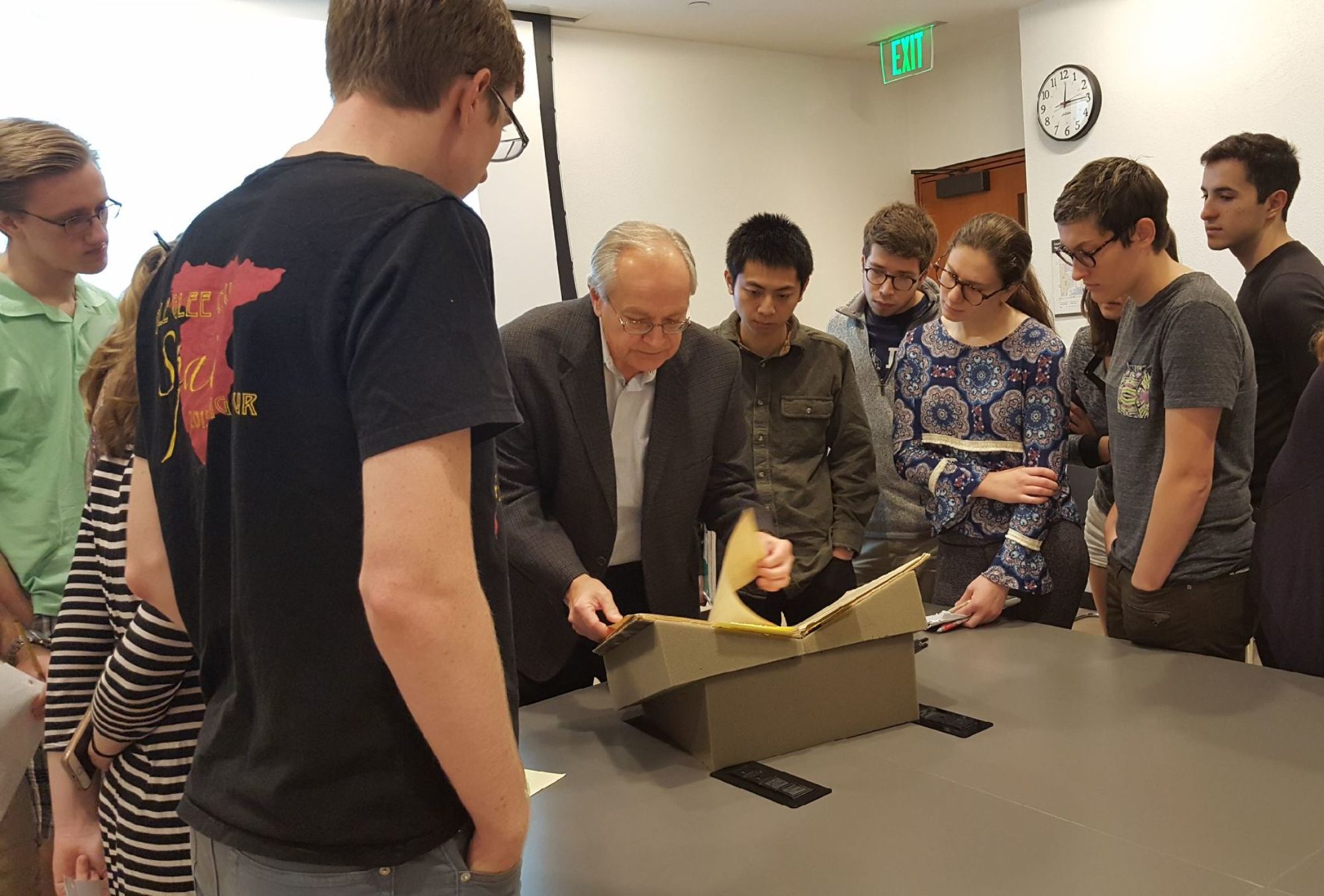From my essay “Program Music” (p. 70), in Stephen Downes, ed., Issues in Musical Aesthetics: Musicological Perspectives. New York and London: Routledge, 2014.
First, it is clear that much, perhaps even most, Western instrumental music participates in a historically conditioned, shared semantic network, a significant portion of which is at least approachable by topic-family theory, broadly and flexibly construed. Even though irreducible factors of pure music’s systematic procedures and regulated traditions are also very much in play, the now stale argument that untexted music – much less program music or music with titles – is ipso facto incapable of pointing toward recognizable external referents or affects with cultural connotations is no longer tenable. Conversely, though, one needs to realize that topic theory, still in its raw and rudimentary phases, by no means answers all of our interpretive questions. Overplaying its cards can lead to breathtakingly naive hermeneutic claims. Second, the universe of topic families, including their many shades and variants, is far larger and more varied than anyone has yet described. It also includes overlapping topics and individual figures capable of more than one topical reference. Third, selecting an appropriate (generalized) topic-label for a given figure is more challenging than might initially appear. A procedural risk of topic theory is that it can tempt the overconfident interpreter, with a presumed master-code-book securely in hand, to leap rashly into a quick, reductive labeling. To do so is to discredit what ought to be a more subtly tinged enterprise. We need to think through our descriptors critically, sceptically, weighing alternatives, problematizing what we might mean with such descriptions. Most of the entailments that follow rely on our initial decisions, and those decisions are often the weak links in the chain. (Let Ratner’s designation of the opening of the Eroica as a waltz stand as a caution to us all: Ratner 1980, 223.)
Fourth, even when we think that we have identified the proper family of a given figure, we need to be attentive to the nuances and complications that any individual token of it can present. It may be that the manner of its realization is more noteworthy than the topic itself. Fifth, merely identifying a topic or series of topics is not enough. Topic-recognition must never be taken to be a simple translation of music’s meaning into words. It is only an initial step prompting further inquiry and careful interpretation, particularly with regard to topical inflection and the narrative journey through arrays of topical successions. Sixth, compositionally to illustrate or connote musically is, more often than not, to activate a pre-existing topical tradition of signification and then to tailor it to one’s own cultural and aesthetic purpose. To access a culturally available style is to channel the memory of its historical traditions, to draw on the potential of its past history of connotatively charged accumulations. Any topical study of a single work or set of closely related works should consider the matter both synchronically and diachronically. Individual evocations of birds, water, battles, storms, fanfares, hunts, and all the rest may plug more directly into the topical tradition than into the external referent itself.
